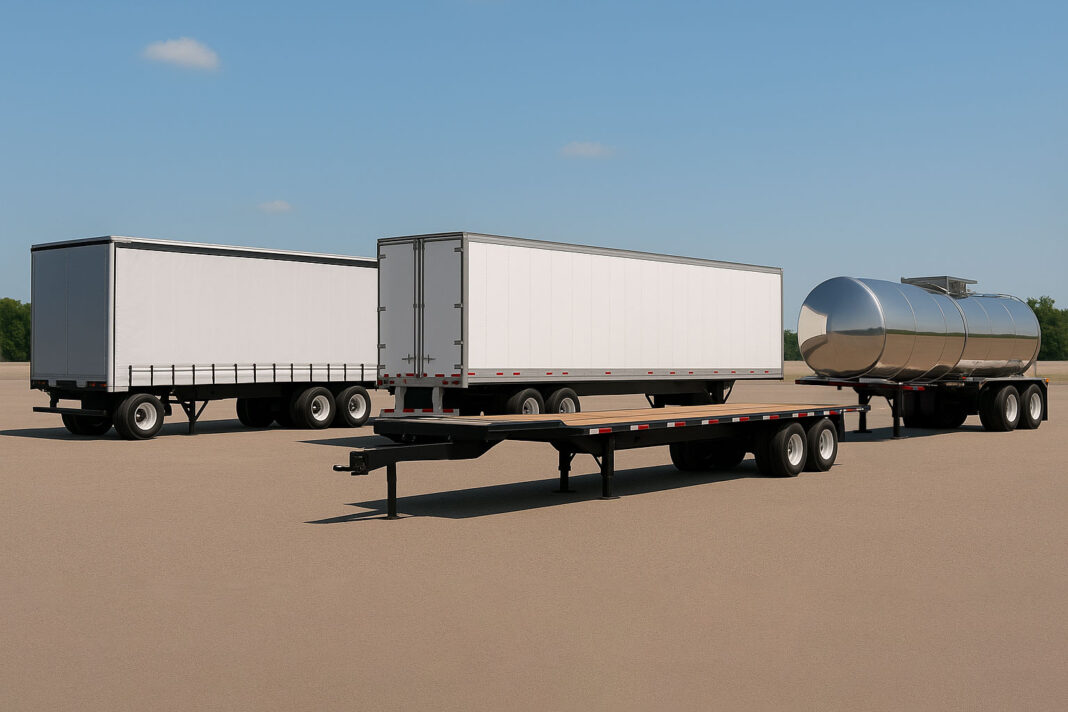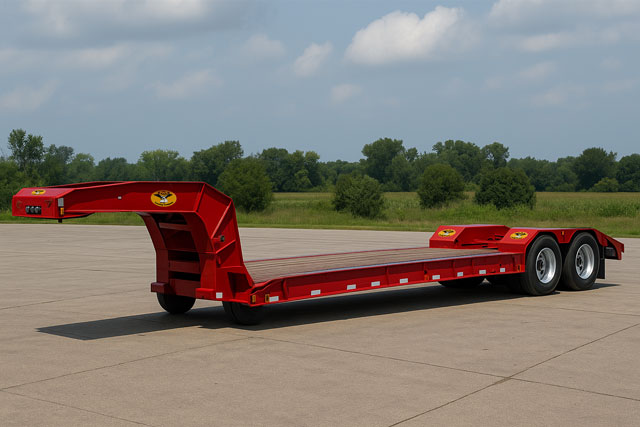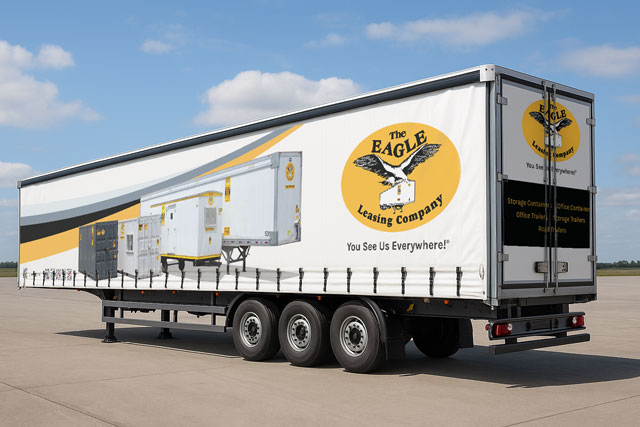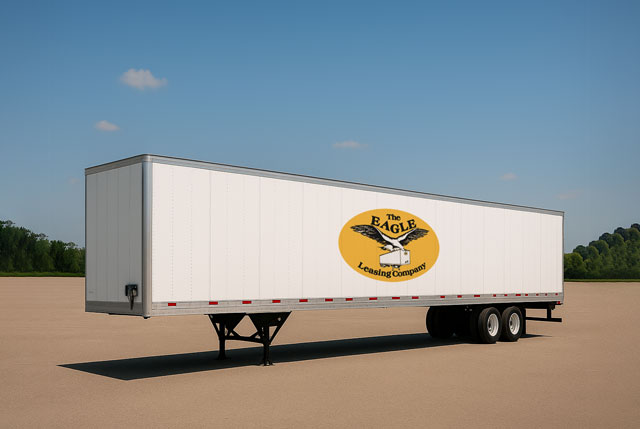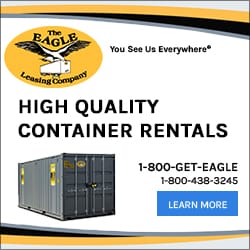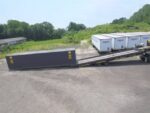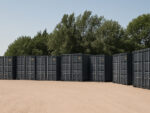Semi trailers are essential in freight and logistics. From hauling lumber and heavy machinery to frozen food and fuel, there’s a trailer built for every job. Choosing the right semi trailer type starts with understanding your options.
This guide covers the most common semi trailer types, what they’re used for, and how to pick the best match for your business.
What Are Semi Trailers Used For?
Semi trailers carry cargo over long distances, often as part of regional or nationwide supply chains. Industries like construction, agriculture, retail, and disaster relief rely on them daily. Ultimately, your trailer choice directly affects efficiency, cost, and safety, no matter what you’re hauling—equipment, goods, or raw materials.
Common Semi Trailer Types
Each trailer design fits a different kind of cargo. Let’s break down the most common types used across industries.
Flatbed Trailers
Flatbeds are open platforms with no sides or roof. Many companies use them for large, heavy, or oddly shaped items like steel beams, pallets, and construction equipment. As a result, flatbeds rank among the most flexible semi trailer types on the road, since you can load them from any side.
Learn how to properly load a flatbed trailer →
Dry Van Trailers
Shippers use enclosed dry van trailers to haul general freight. Notably, these trailers protect goods from weather and theft, so many shippers choose them for packaged products and retail inventory. In fact, dry vans remain the most common trailer type in the U.S.
Refrigerated Semi Trailers (Reefers)
Refrigerated trailers feature insulation and precise temperature control. Businesses rely on them to haul food, pharmaceuticals, and other perishable items that must stay cold or frozen in transit.
Lowboy Trailers
Lowboy trailers ride close to the ground, making it easy to haul tall or oversized equipment that won’t fit on a standard trailer. Consequently, construction crews and heavy haulers often rely on this type
Explore our heavy equipment trailer rental options →
Tanker Trailers
Tankers move liquids and gases—like fuel, milk, chemicals, and water—safely and efficiently. Given that safety is a priority, these trailers often require licensed operators. See FMCSA guidelines for liquid cargo transport →
Drop Deck Trailers
Also known as step decks, these trailers have two levels. With the lower deck, taller cargo stays within legal height limits without needing special permits.
Extendable Trailers
These trailers stretch to handle extra-long items like bridge components or large piping. Additionally, they often include sliding axles to accommodate different weight loads and lengths.
Side Curtain Trailers
Side curtains open along the sides for fast loading and unloading. They offer the protection of a dry van with the flexibility of a flatbed, which is why many companies in manufacturing and logistics use them.
Specialty Semi Trailers
Specialty trailers include everything from car haulers and logging trailers to dump bodies and live-bottom trailers. Manufacturers build these trailers for specific tasks, and companies in niche industries rely on them.
How to Choose the Right Trailer for Your Hauling Needs
Selecting the right trailer comes down to what you’re hauling, how you plan to load it, and where it’s going. Here are a few questions to guide the decision:
- Is the cargo oversized, palletized, or fragile?
- Will you need forklift access, crane loading, or side access?
- Are you traveling under bridges or through tight areas with height restrictions?
- Does the load require temperature control or hazardous material handling?
By answering these questions, you’ll quickly narrow down which semi trailer type makes the most sense.
Frequently Asked Questions About Semi Trailer Types
What is the most common type of semi trailer?
Most fleets prefer dry van trailers thanks to their enclosed design, versatility, and suitability for general freight.
Which trailer is best for hauling heavy equipment?
Haulers use lowboy trailers to transport oversized and heavy machinery. Their low height allows for safer, more stable hauling.
What’s the difference between a flatbed and a drop deck trailer?
Flatbeds have a single flat surface. Drop decks have two levels, which allow taller cargo to stay under height limits.
Conclusion
Understanding the different semi trailer types is key to making safe, efficient, and cost-effective transportation choices. Whether you’re moving perishable goods, oversized equipment, or bulk freight, there’s a trailer designed for the job.
Need help figuring out which trailer works best for your business? Contact Eagle Leasing today to speak with a specialist.
⚠️ Disclaimer:
Importantly, specifications such as length, width, and weight capacity may vary by trailer manufacturer, model, and load configuration. Therefore, always confirm with your provider and ensure compliance with DOT regulations before transporting any types of liquid products, ranging from milk to gasoline. Some operators haul industrial gases using specially manufactured tank trailers.
Images shown are for illustrative purposes only and do not guarantee equipment availability.
